The media — in the near future
The only media groups left are those who diversified, integrated with internet, and had dedication to journalism.
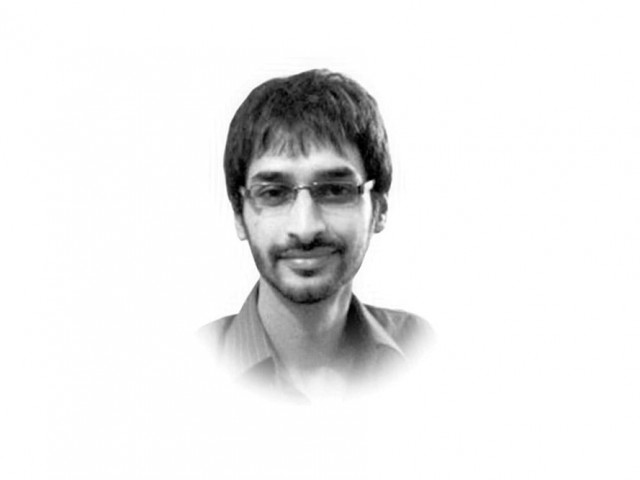
The force of global technological progress and consumer demand led to this new world; one in which breaking news is now spread faster — through Twitter and Facebook — than any local media group could manage on its own. Television still does breaking news, but fewer and fewer people turn to their TV sets to watch the news, as online streaming on the go is a more convenient access point. Newspapers still exist, but their print circulation is now a show piece — a rubber stamp of legitimacy to what have essentially become online entities. This shift, however, has proven to be a blessing, as suddenly, online newspaper outlets find themselves to be just as relevant as their broadcast competition, and audiences do not differentiate where the breaking news comes from in the online world.
Advertisers have wisened up and have finally learnt that return on investment should be based on actual, measurable results — something the internet provides in abundance and something that TV and print both could not offer. Even worse for the media moguls, their lies about ratings, reach and print circulation numbers, now lie exposed in the dynamic online space, where actual reader/viewer interest is visible. With the shift in advertising (strategy and spend) many newspapers and TV channels have shut down, or are in the process of closure, unable to respond to the demands of the new media landscape. The only media groups left are those who had diversified enough, moved to integrate with the internet enough and had at their core, a real dedication to journalism.
The big question facing the local media moguls now is how to maintain high quality journalism on the economics of a largely online business model. Set up pay walls? Create new forms of online goods related to news? Convince advertisers to increase internet ad spend? Earn through mobile apps? Many are looking abroad for answers, hoping to apply the lessons learnt by global media. Things look grim for the media moguls, yet at the same time, the democratising effect of the internet has also resulted in something beautiful; the number of media outlets have reduced, but the content has tightened up and delivers what people actually want to see and read.
While in 2012, there was a real fear that tailoring content to match the (very measurable) desire of the online public would result in a massive, degenerative groupthink that would reduce journalism to a cheap carnival, the reality in 2015 illustrates the diversity of communities and demand for content, even in Pakistan. Yes, there are cheap tricks being used to draw in audiences, but unlike TV or print, there is no lack of space, so all forms of content can exist in parallel without competing. Additionally, there are niche audiences out there for all forms of specialised information and, thankfully, it is these niche segments who are more than willing to pay for the information with their credit cards, or PayPal, which was allowed to operate in Pakistan sometime in 2013.
What lies ahead? Perhaps a cutting edge telco experiment with making mobile phone credit a currency for purchasing content online? Perhaps, an ambitious media group collaborates with a local IT firm to create its own low-cost tablet for sharing its content. Whatever the case, these are both troubling and exciting times to be in the news business.
Published in The Express Tribune, February 22nd, 2012.

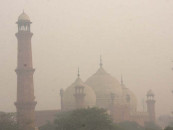

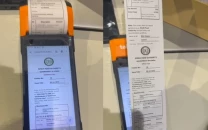
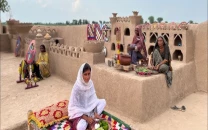
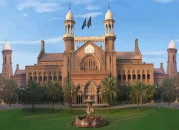













COMMENTS
Comments are moderated and generally will be posted if they are on-topic and not abusive.
For more information, please see our Comments FAQ